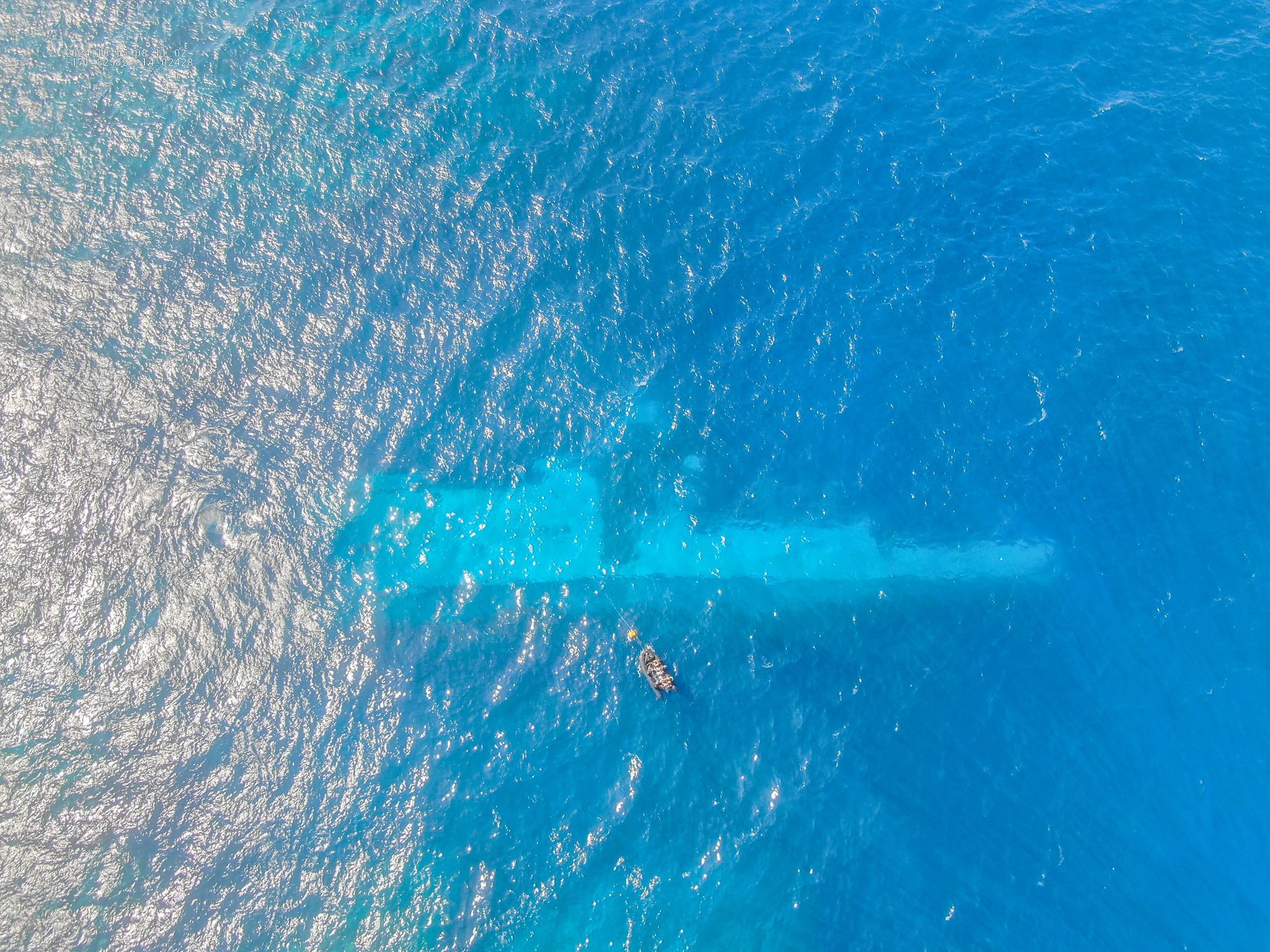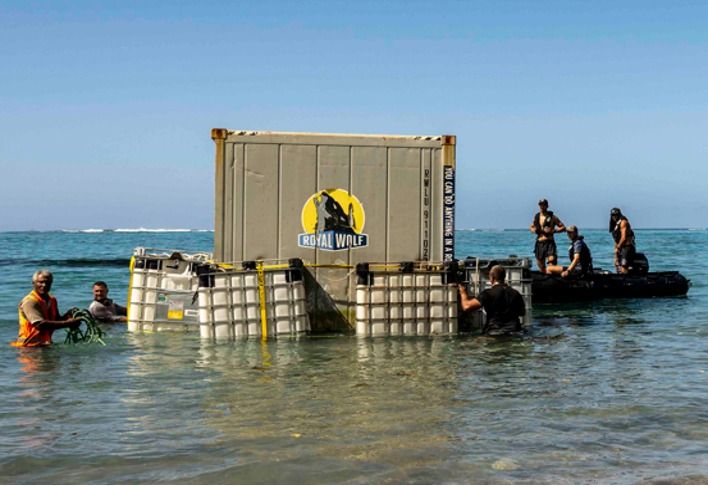

A navy diver views the Manawanui wreck.
Photo/NZDF
HMNZS Manawanui: Fuel extraction key in cleanup operation
Fuel extraction equipment is expected to arrive in two and a half weeks, after the navy vessel ran aground and sunk in Sāmoa, along with warnings time is of the essence.



Operation Xmas Drop 2025: US and allies deliver hope to remote Pacific communities

Our generosity is our strength but we must spend wisely this Christmas - expert

Heading off on a roadie? Here’s how to keep your car and whānau safe


Operation Xmas Drop 2025: US and allies deliver hope to remote Pacific communities

Our generosity is our strength but we must spend wisely this Christmas - expert
Preparations are underway to remove fuel from the sunken Manawanui in Sāmoa.
Yesterday marked one month since the New Zealand Navy ship grounded and then sank off the southwest coast of Upolu.
The cleanup operation, dubbed ‘Operation Resolution’, has prioritised fuel extraction, along with mitigating environmental damage. A fuel extraction barge is being prepared in Whangārei and is expected to arrive in Apia on 23-24 November.
New Zealand Defence Force senior national representative Commodore Andrew Brown says they are doing daily drone and coastal surveillance in the meantime.
“The team of two coordinates flight authorisation each day, operating as pilot and observer on each surveillance patrol. To date, the team has conducted around 25 hours of flight time, across 60 flights.”
Sāmoan officials estimate 5,000 square metres of the reef had been damaged. Manawanui had 950,000 litres of fuel on board, with reports 200,000 litres of diesel had since spilled from the wreck.
“There is fuel trickling from the Manawanui and we monitor and contain that as much as possible and then we monitor the sheen that is produced”, said Brown.
“In most cases, the sheen comes to the surface and starts its evaporation process, and actually, because of the wind and tides, it moves offshore.”

Aerial view of the sunken Manawanui. Photo/NZDF
University of Waikato professor in coastal science Christopher Battershill said a speedy cleanup is essential, but there will be challenges due to it being underwater.
“Crew may need decompression chambers, and there’s only a narrow window of time to seal any fuel leaks – and, ideally, pipe out more than 900 tonnes of marine diesel the ship carries.”
The local area has a large population of sea turtles, and fishermen in the area reported fish contaminated with fuel. Samoa’s Marine Pollution Advisory Committee (MPAC) has advised locals to avoid seafood consumption from the area.
Speaking to William Terite on Pacific Mornings, Brown said they are monitoring the situation.
“We’ve had no affected marine life or wildlife at this stage, but we can never completely rule out that there hasn’t been any impact.
“Our focus is on continuing to monitor the impact on environmental impacts and then we move into this next critical phase which is around that fuel removal and we're working as hard as we can on this hand in glove with the Sāmoan government and Sāmoan officials.”
Three containers that came off the Manawanui have been removed from the reef and shipped back to New Zealand, which MPAC said caused “significant damage”.

One of the containers being removed from the reef. Photo/Sāmoa Ministry of Works, Transport, Infrastructure
A hotline has been set up for locals to report damage or coastal issues. MPAC Tualamaali’i Wendy Pogi confirmed there had been no reports lodged in the week since it had been set up.
Two community engagement meetings have been held with local villages, and another will be done when the date is confirmed for the fuel salvage.
Meanwhile, Waikato University associate professor in ecology Nicholas Ling told RNZ the cleanup needs to be done quickly as the region enters cyclone season.
“Where the ship has sunk is especially dangerous, and efforts to safely recover the large volume of fuel in its tanks are likely to become much more hazardous as the Pacific’s cyclone season develops.”
In the South Pacific, cyclone season runs from November to April, with an average of nine tropical cyclones during those months.
The wreck is at a depth of 150 metres, and Ling said the wreck is not in deep water and is more likely to be knocked around by the swell.